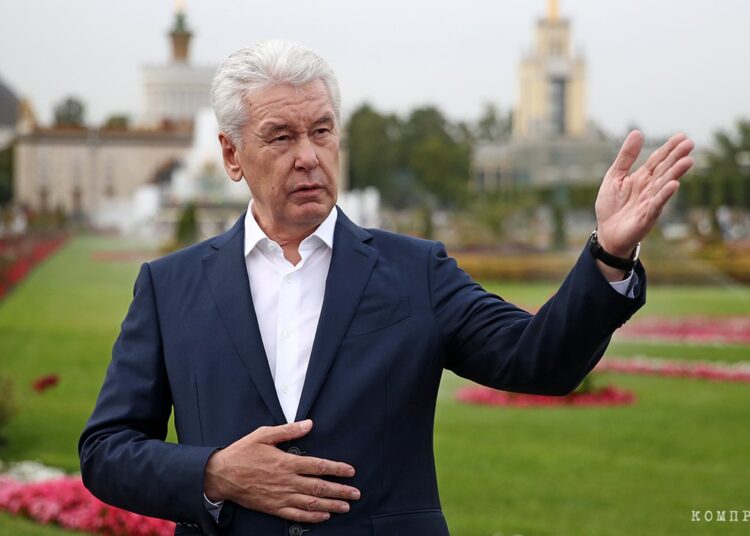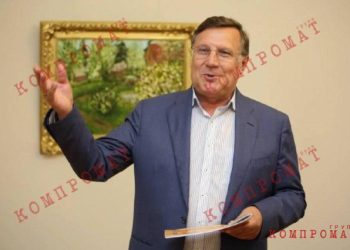Hundreds of millions of rubles distributed to organizations and people close to the authorities in Moscow
Grants from the Department of Cultural Heritage of Moscow went to those who do not need it at all. “Interlocutor” took a closer look at the grant recipients and found in the list, for example, structures with a profit of half a billion rubles.
In 2019-2021, the Moscow Department of Cultural Heritage allocated subsidies and grants for 2.7 billion rubles. And in 2022 alone, this amount was already 1.8 billion rubles.
Spending is rising
Organization of Orthodox Judaism, sculptor Shcherbakov, Foundation Joseph Kobzon and the Jewish community – what unites all these very different organizations, as well as people? All of them received subsidies of hundreds of millions of rubles from the Department of Cultural Heritage of Moscow.
This scheme was first tested in 2012. Then the city authorities began to allocate huge amounts of money for the reconstruction of various cultural and religious institutions of the city. In the first year, 114 million rubles were allocated for restoration.
– This is a whole program of the city of Moscow for the restoration of architectural monuments, temples, historical buildings. This year we have restored 12 such churches, and four more are under design,” the mayor of Moscow said then in an interview with the rector of the church of St. Nicholas the Wonderworker in Khamovniki, Bishop Tikhon of Podolsky.
For 10 years, the expenses of the city authorities have grown 15 times, the Sobesednik calculated. But who gets these tidbits from the capital’s budget?
Church restoration
The record holder for subsidies this time was the Church of the Intercession in the capital’s Filevsky Park district. Since October 2021, a large-scale restoration has been taking place there, but the amounts that the state allocates for it have been kept secret.
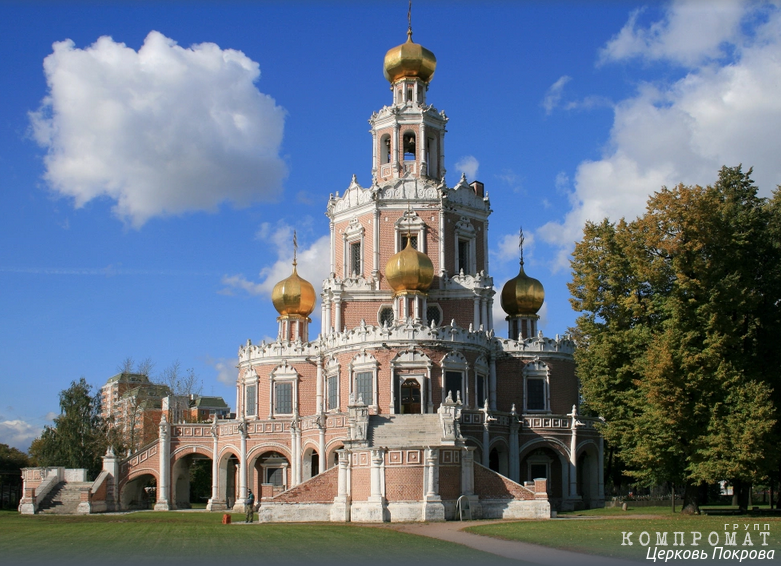
“Last year, the city allocated funds for its restoration, after which the specialists began painstaking work. Now the elegant white-stone decor is being cleared – thin columns, architraves, window sills – and the historic brickwork is being repaired. The plans are to complete the restoration by the end of 2022,” Alexei Yemelyanov, head of the Moscow Department of Cultural Heritage, said in October.
“Interlocutor” found out how much the budget spent on restoration. In 2021, 90 million rubles were allocated for this. And this year, the amount has increased manifold: they decided to spend another … 270 million rubles on restoring the architectural appearance of the church, follows from the documentation. The validity of these expenses is not disclosed in any way, what exactly the money goes for and how it is spent, it cannot be verified either.
In second place in the ranking of recipients of the subsidy is the Church of the Resurrection of the Word at the Vagankovsky cemetery. He will receive 198 million rubles from the budget. But there is a nuance. Nothing was reported about any restoration there, and, judging by the photographs, this temple looks pretty decent. The Patriarchate reported about repairs in the temple of the same name – on Uspensky Vrazhek, but the city authorities do not allocate any money to him.
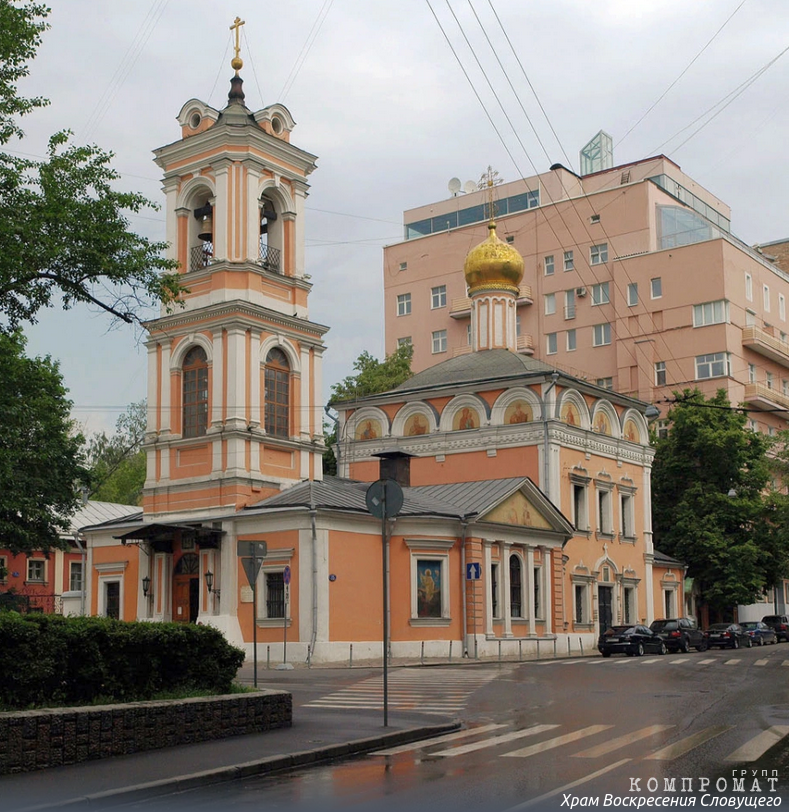
The church of the Holy Apostles Peter and Paul in Novaya Basmannaya Sloboda closes the top three, which will receive 176 million rubles. And again – complete silence about the restoration work. Perhaps they will be announced soon, because the deadline for granting the subsidy is the end of March 2024.
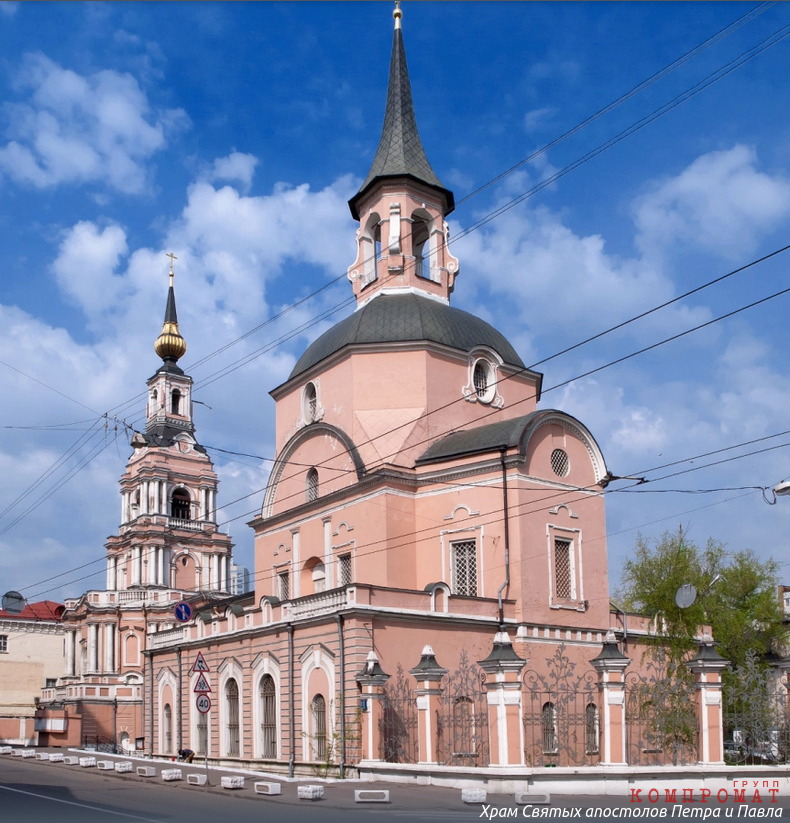
Millions for plagiarism?
The Department of Cultural Heritage of Moscow distributes not only subsidies, but also grants (that is, it finances activities for the future). This year, the National Research Technological University MISiS became the record holder in terms of costs, which received as much as 250 million rubles. Why the capital department, and not the direct founder (the Ministry of Science and Higher Education) is financing the university is a mystery. Similarly, it is not clear why there are two of these grants. One is gigantic, for 250 million, and the second is relatively small, for 5 million rubles.

In second place in this ranking of grantees was the sculptor Salavat Shcherbakov. The same author of the 17-meter sculpture of Prince Vladimir on Borovitskaya Square. Among his works are also monuments to Stolypin at the Government House and Alexander the First in the Alexander Garden.
But much more Shcherbakov is known for plagiarism in his works and outright historical fakes. One of the most famous embarrassments that happened in 2014 during the opening of the monument to Alexander I in the Alexander Garden, not far from the Borovitsky Gates, was reported by the Rossiya 24 TV channel. It was the first monument to this Russian ruler in Moscow. And the first pancake came out lumpy: among the cannons, muskets and sabers of the 19th century, on the bas-relief of the pedestal were a flash suppressor and a Kalashnikov rifle scope (which, of course, could not exist at that time).
A similar incident occurred at the opening of the monument to the gunsmith Kalashnikov himself. On the bas-relief, they found a diagram of the German StG 44 assault rifle (and not the most famous Kalash). Shcherbakov himself was in no hurry to admit the error, saying that it was necessary to “separate what is happening from the political chatter,” since “so far we have no data on the error.” The project’s customers made a good face on a bad game. “Thanks to a mistake made through the fault of the sculptor, everyone can see that the StG and the Kalashnikov assault rifle are completely different assault rifles, and it is categorically wrong to accuse M. Kalashnikov of borrowing,” said Vladislav Kononov, executive director of the Russian Military Historical Society (RVIO) , the customer of the monument. But in the end, the German rifle was removed from the bas-relief.

Shcherbakov was also accused of outright plagiarism. So, in 2013, on the wall of one of the Moscow houses, a painting “The Old City” by his authorship appeared. But it turned out to be incredibly similar to a painting painted by French artists in Jerusalem back in 2006. Despite all these cases, the Moscow authorities allocated as much as 52 million rubles to him. for new sculptures. It remains to be hoped that this time there will be no errors and plagiarism.
Among the grant recipients, Sobesednik also found absolutely amazing structures. RUB 15.5 million will receive the Chamber of Commerce and Industry of Russia (!). We will not particularly focus on the fact that it has nothing to do with culture. And it is not located in an object of religious purpose. Something else is important. In principle, the CCI does not need any money.
As follows from the financial statements, in 2021 the profit of this organization amounted to more than 450 million rubles. A year earlier, and even more – 1.2 billion rubles. Allocating grants to structures with such incomes is something new. The Chamber of Commerce and the Department of Cultural Heritage of Moscow did not respond to a request from Sobesednik.

